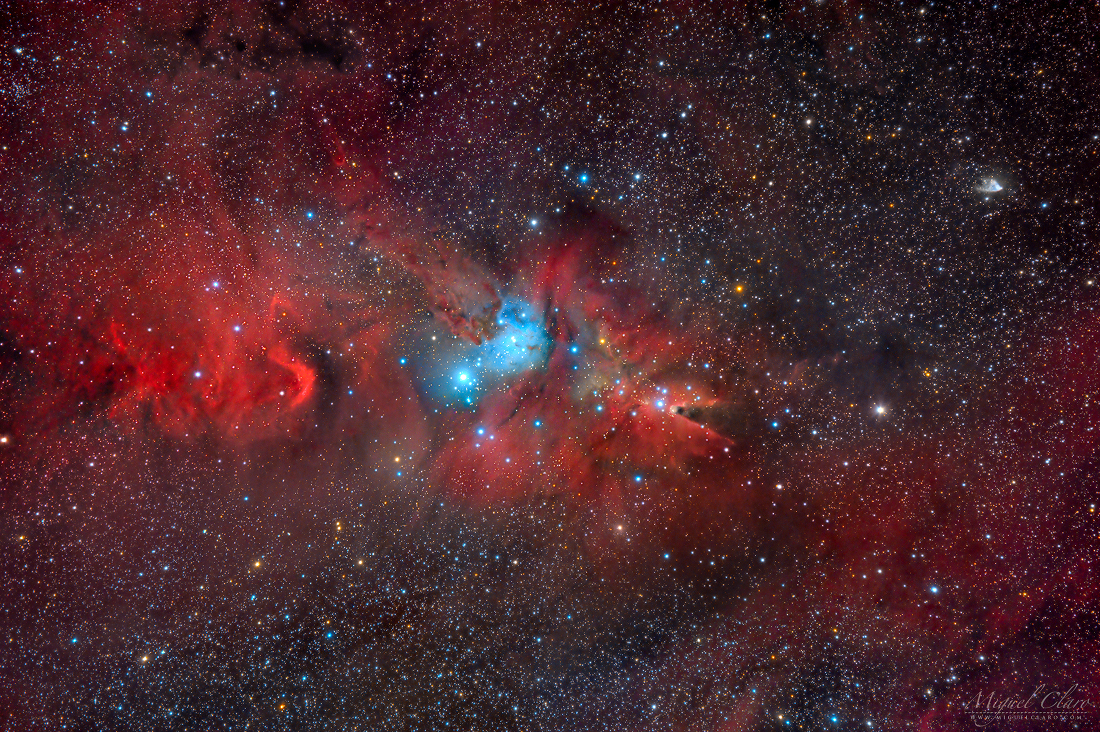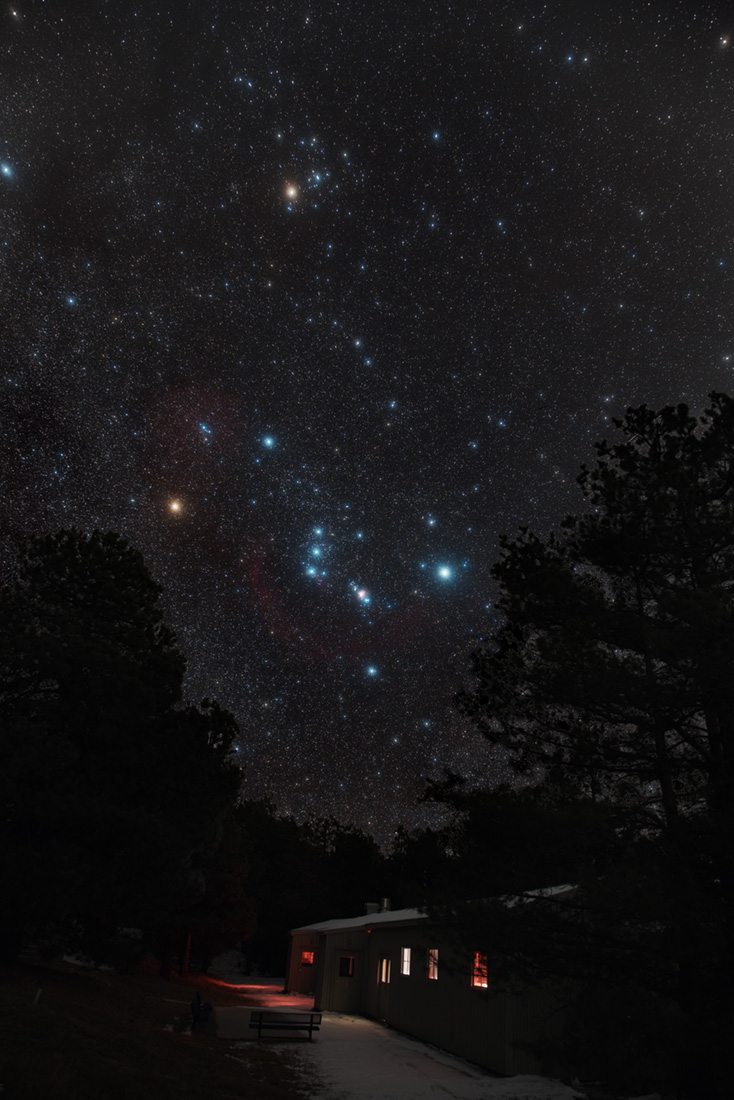Blog
Johnny Frigo (December 27, 1916 – July 4, 2007) was an American jazz violinist and bassist. He appeared in the 1940s as a violinist before working as a bassist. He returned to the violin in the 1980s and enjoyed a comeback, recording several albums as a leader.
Frigo was born in Chicago and studied violin for three years beginning at age seven. In high school he started to play double bass in dance orchestras. In 1942 he played with Chico Marx‘s orchestra and performed a comedy routine on violin with Marx on piano. He entered the United States Coast Guard during World War II and played in a band on Ellis Island with Al Haig and Kai Winding.
After a brief turn at active service near the end of the war he moved to New Jersey. He toured with Jimmy Dorsey‘s band from 1945 to 1947, later forming the Soft Winds trio with Dorsey’s guitarist Herb Ellis and pianist Lou Carter. During this time he wrote the music and lyrics to “Detour Ahead”,which has been recorded by Billie Holiday, Sarah Vaughan, Ella Fitzgerald, Bill Evans, and Carola. During that time, he also wrote the sardonic swing tune “I Told Ya I Love Ya Now Get Out” which was recorded by June Christy and the Stan Kenton Orchestra. Chicago jazz vocalist Erin McDougaldrecorded the song 50 years later on her album The Auburn Collection (2004).
more...
Bluegrass guitarist Tony Rice, who was recognized as one of the all-time greats of the genre, has died. He was 69 and passed suddenly on December 25, his former label Rounder Records noted. As a solo performer, collaborator, and leader of the Tony Rice Unit, Rice was known for his inimitable skill as a flatpicker, an intricate, fast-paced, melodic style of guitar playing. Rice’s distinctive style, heavily influenced by jazz, was an influence on scores of artists in the bluegrass world and beyond, including the likes of Jason Isbell and Steve Martin. His signature guitar, a Martin D-28, had belonged to the Byrds’ Clarence White.
more...Renowned Salsa Singer Tito Rojas, el Gallo Salsero, Dies at 65 Famed Puerto Rican salsa vocalist Julio César Rojas López, better known as Tito Rojas and El Gallo Salsero, passed away on December 26, 2020 in Humacao, eastern Puerto Rico.Tito Rojas June 14, 1955 was born in Humacao, Puerto Rico. He was a member of Conjunto Borincuba, the Fania All-Stars, Conjunto Borincano, and Puerto Rican Power.His biggest hit was the award-winning album Por Propio Derecho released in 1995. Hit songs included ‘Siempre seré,’ ‘Señora de madrugada’, ‘Noche de Bodas’ and Quiéreme Tal Como Soy’.
https://www.youtube.com/watch?v=n1wyS7vifkM
Clouds of glowing hydrogen gas fill this colorful skyscape in the faint but fanciful constellation Monoceros, the Unicorn. A star forming region cataloged as NGC 2264, the complex jumble of cosmic gas and dust is about 2,700 light-years distant and mixes reddish emission nebulae excited by energetic light from newborn stars with dark interstellar dust clouds. Where the otherwise obscuring dust clouds lie close to the hot, young stars they also reflect starlight, forming blue reflection nebulae. The telescopic image spans about 1.5 degrees or 3 full moons, covering nearly 80 light-years at the distance of NGC 2264. Its cast of cosmic characters includes the the Fox Fur Nebula, whose dusty, convoluted pelt lies left of center, bright variable star S Monocerotis immersed in the blue-tinted haze near center, and the Cone Nebula pointing in from the right side of the frame. Of course, the stars of NGC 2264 are also known as the Christmas Tree star cluster. The triangular tree shape is seen on its side here. Traced by brighter stars it has its apex at the Cone Nebula. The tree’s broader base is centered near S Monocerotis.

John Scofield (born December 26, 1951), sometimes referred to as “Sco”, is an American jazz-rock guitarist and composer whose music includes bebop, jazz fusion, funk, blues, soul, and rock. He has worked with Miles Davis, Dave Liebman, Joe Henderson, Charles Mingus, Joey DeFrancesco, Herbie Hancock, Eddie Palmieri, Pat Metheny, Bill Frisell, Joe Lovano, Pat Martino, Mavis Staples, Phil Lesh, Billy Cobham, Medeski Martin & Wood, George Duke, Jaco Pastorius, John Mayer, Robert Glasper, and Gov’t Mule.
Scofield’s family left Ohio and moved to Wilton, Connecticut, where he discovered his interest in music. Educated at the Berklee College of Music, Scofield left school to record with Chet Baker and Gerry Mulligan. He joined the Billy Cobham/George Duke Band soon after and spent two years playing, recording, and touring with them. He recorded with Charles Mingus in 1976 and replaced Pat Metheny in Gary Burton‘s quartet.
more...Doug Hammond (born December 26, 1942) is an American free funk/avant-garde jazz drummer, composer, poet, producer, and professor. His first major release was Reflections in the Sea of Nurnen on Tribe Records in 1975.
He has worked with musicians including Earl Hooker, Sonny Rollins, Charles Mingus, Sammy Price, Donald Byrd, Wolfgang Dauner, Ornette Coleman, Steve Coleman, Nina Simone, Betty Carter, Marion Williams, Paquito D’Rivera, Arnett Cobb, James Blood Ulmer and Arthur Blythe.
In 2010 Doug Hammond wrote and conducted “Acknowledgement Suite” with Dwight Adams, Jean Toussaint, Roman Filiú, Howard Curtis, Wendell Harrison, Dick Griffin, Stéphane Payen, Kirk Lightsey and Arron James.
He lives and works in Linz, Austria. He was a professor at the Anton Bruckner Private University for Music, Drama, and Dance in Linz.
His work has been filmed in a documentary Sparkle of Inspiration by the Austrian director Dieter Strauch released during the Crossing Europe Film Festival in Linz in 2016.
more...William Fredrick Bean (December 26, 1933 – February 6, 2012) was an American jazz guitarist from Philadelphia.
Bean was born into a musical family in Philadelphia. His mother played the piano. His father was an amateur singer and guitarist, and his sister was a professional singer. He started on guitar at the age of twelve.
His father taught him some of the basics on guitar before he received lessons from Howard Herbert. Then he studied for about one year with Dennis Sandole. During the late 1940s and 1950s, he performed at venues in the Philadelphia area. In the mid-1950s, he moved to New York City and recorded with Charlie Ventura and Red Callender, and in 1958 he moved to Los Angeles to record for Decca. In Los Angeles, he worked with Buddy Collette, Paul Horn, John Pisano, Bud Shank, Milt Bernhart, Les Elgart, Herb Geller, Lorraine Geller, Calvin Jackson, and Zoot Sims.
more...George Edward “Butch” Ballard (December 26, 1918 – October 1, 2011) was an American jazz drummer who played with Louis Armstrong, Count Basie, and Duke Ellington. Ballard was born in Camden, New Jersey and grew up in the Frankford section of Philadelphia. As a child he followed American Legion parades near his home, focusing particularly on the drummer. When he was about 10 years old, Ballard’s father bought him a set of drums from a pawnbroker and he began to take lessons for 75 cents each. He got the nickname “Butch” after Machine Gun Butch, a character in the film The Big House (1930). He attended Northeast High School in Philadelphia. When he was 21, he married Jessie, for whom he bought a house in Philadelphia in 1950.
At around 16 years old, Ballard listened to Herb Thornton‘s band at the Boys Club in Philadelphia. They let him play with them, and he was invited to join a band by a man who heard him. For the following few months, he carried his drums across Philadelphia to rehearse. In 1938, Ballard started playing with Louis Armstrong‘s band The Dukes. He performed with them for a few years. In 1941, he began playing with the Cootie Williams Orchestra, performing with Ella Fitzgerald, Sarah Vaughan, Dinah Washington and Pearl Bailey.
During World War II, Ballard joined the United States Navy and served in the 29th Special Construction Battalion in Guam and the South Pacific. While serving, he played in the military band.After the war, he returned to Philadelphia and then went to New York City, working with musicians including Eddie “Lockjaw” Davis, Eddie Vinson, Arnett Cobb and Clark Terry.
He met and became friends with drummer Shadow Wilson who played with the Count Basie Orchestra. In the late 1940s, Wilson left Basie‘s orchestra to join Woody Herman‘s band and Basie invited Ballard to California replace him.
https://www.youtube.com/watch?v=bAFqstysBKw
more...mick will perform two Christmas Meldeys featuring Carlene Davis’s Santa Claus and Deck the Halls ska version

more...
Orion always seems to come up sideways on northern winter evenings. Those familiar stars of the constellation of the Hunter are caught above the trees in this colorful night skyscape. Not a star at all but still visible to eye, the Great Nebula of Orion shines below the Hunter’s belt stars. The camera’s exposure reveals the stellar nursery’s faint pinkish glow. Betelgeuse, giant star at Orion’s shoulder, has the color of warm and cozy terrestrial lighting, but so does another familiar stellar giant, Aldebaran. Alpha star of the constellation Taurus the Bull, Aldebaran anchors the recognizable V-shape traced by the Hyades Cluster toward the top of the starry frame.

David Noel Redding (25 December 1945 – 11 May 2003) was an English rock musician, best known as the bass player for the Jimi Hendrix Experience and guitarist/singer for Fat Mattress.
Following his departure from the Experience in 1969 and the dissolution of Fat Mattress in 1970, Redding formed the short-lived group Road in the United States, which released the self-titled album Road before he re-located to Clonakilty, Ireland, in 1972. There he formed the Noel Redding Band with former Thin Lizzy guitarist Eric Bell, with whom he released two albums. Although by the 1980s Redding had largely removed himself from the music business, he would later perform around his new hometown with wife Carol Appleby.
more...Don Gabriel Pullen (December 25, 1941 – April 22, 1995) was an American jazz pianist and organist. Pullen developed a strikingly individual style throughout his career. He composed pieces ranging from blues to bebop and modern jazz. The great variety of his body of work makes it difficult to pigeonhole his musical style.
Pullen was born on December 25, 1941, and raised in Roanoke, Virginia. Growing up in a musical family, he learned the piano at an early age. He played with the choir in his local church and was heavily influenced by his cousin, Clyde “Fats” Wright, who was a professional jazz pianist. He took some lessons in classical piano and knew little of jazz. At this time, he was mainly aware of church music and the blues.
more...Christophe Kenner (December 25, 1929 – January 25, 1976) was an American, New Orleans-based R&B singer and songwriter, best known for two hit singles in the early 1960s, “I Like It Like That” and “Land of 1000 Dances“, which became staples in the repertoires of many other musicians.
Born in the farming community of Kenner, Louisiana, upriver from New Orleans, Kenner sang gospel music with his church choir. He moved to New Orleans when he was in his teens, to work as a longshoreman.
In 1955 he made his first recordings, for a small label, Baton Records, without success. In 1957, he recorded his “Sick and Tired” for Imperial Records. Kenner’s recording reached number 13 on the Billboard R&B chart. Fats Domino covered it the next year, and his version became a hit on the pop chart. “Rocket to the Moon” and “Life Is Just a Struggle”, both cut for Ron Records, were other notable songs Kenner recorded in this period.
Moving to another New Orleans label, Instant (which was initially called ‘Valiant’ before they discovered the name was already in use), he began to work with the pianist and arranger Allen Toussaint. In 1961, this collaboration produced “I Like It Like That“, his biggest and first pop hit, peaking at number 2 on the Billboard Hot 100 chart (covered in 1965 by the Dave Clark Five), and “Something You Got” (covered by Wilson Pickett, Alvin Robinson, the Ramsey Lewis Trio, Johnny Rivers, Chuck Jackson, Earl Grant, Maxine Brown, Fats Domino, Bobby Womack, The Moody Blues, the Searchers, the American Breed, Fairport Convention, Bruce Springsteen and Jimi Hendrix (1966)). “I Like It Like That” sold over one million copies, was nominated for a Grammy, and was awarded a gold disc by the Recording Industry Association of America.
more...Cabell “Cab” Calloway III (December 25, 1907 – November 18, 1994) was an American jazz singer, dancer, bandleader and actor. He was associated with the Cotton Club in Harlem, New York City, where he was a regular performer and became a popular vocalist of the swing era. His niche of mixing jazz and vaudeville won him acclaim during a career that spanned over 65 years.
Calloway was a master of energetic scat singing and led one of the United States’ most popular big bands from the early 1930s to the late 1940s. His band included trumpeters Dizzy Gillespie, Jonah Jones, and Adolphus “Doc” Cheatham, saxophonists Ben Webster and Leon “Chu” Berry, guitarist Danny Barker, bassist Milt Hinton, and drummer Cozy Cole.
Calloway had several hit records in the 1930s and 1940s, becoming known as the “Hi-de-ho” man of jazz for his most famous song, “Minnie the Moocher“, originally recorded in 1931. He reached the Billboard charts in five consecutive decades (1930s–1970s). Calloway also made several stage, film, and television appearances until his death in 1994 at the age of 86. He had roles in Stormy Weather (1943), Porgy and Bess (1953), The Cincinnati Kid (1965), and Hello Dolly! (1967). His career saw renewed interest in 1980 when he appeared in The Blues Brothers.
Calloway was the first African-American musician to sell a million records from a single song and to have a nationally syndicated radio show. In 1993, Calloway received the National Medal of Arts from the United States Congress. He posthumously received the Grammy Lifetime Achievement Award in 2008. His song “Minnie the Moocher” was inducted into the Grammy Hall of Fame in 1999 and added to the Library of Congress‘ National Recording Registry in 2019. He is also inducted into the Big Band and Jazz Hall of Fame and the International Jazz Hall of Fame.
more...Oscar Frederic Moore (December 25, 1916 – October 8, 1981) was an American jazz guitarist with the Nat King Cole Trio.
The son of a blacksmith, Moore was born in Austin, Texas. The Moore family moved to Phoenix, Arizona, where he began performing with his older brother Johnny, who played both trombone and guitar. Aftger moving to Los Angeles, he participated in his first recording session for Decca as part of the Jones Boys Sing Band led and arranged by Leon René. The group attracted local attention on radio and two short films for MGM directed by Buster Keaton. Soon after, Moore accompanied pianist Nat King Cole at the Swanee Inn in North La Brea, Hollywood. He spent ten years with Cole in the piano-guitar-bass trio format that influenced Art Tatum, Oscar Peterson, Ahmad Jamal.
more...More Posts
- The Cosmos with Doradus 30
- Bobby Radcliff Day
- Fletcher Smith Day
- World Music with Etran Finatawa
- Daily Roots with Melissa
- The Cosmos with NGC 55
- Leonard Cohen Day
- Chico Hamilton Day
- Tommy Potter Day
- World Musician Flamenco Fridays with Diego del Morao
- Daily Roots with Marla Brown
- Red Mitchell Day
- The Cosmos with NGC 6726, 6727, and IC 4812
- Eric Gale Day
- Eddie Bo Day
- World Music with Etnika Project
- Daily Roots with Askala Selassie
- Yom Kippur at Mt Zion
- The Cosmos with IC 5146
- David Bromberg Day